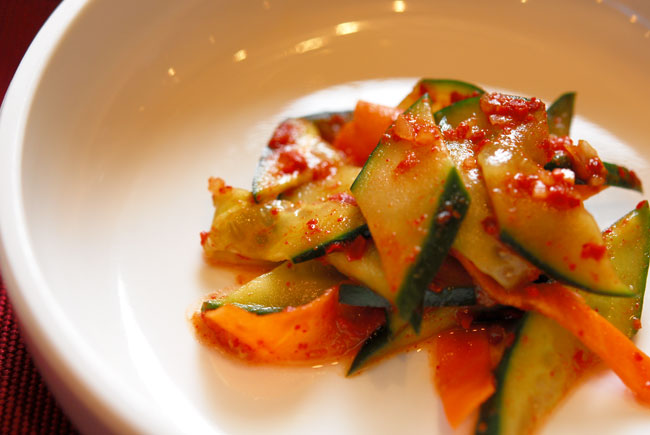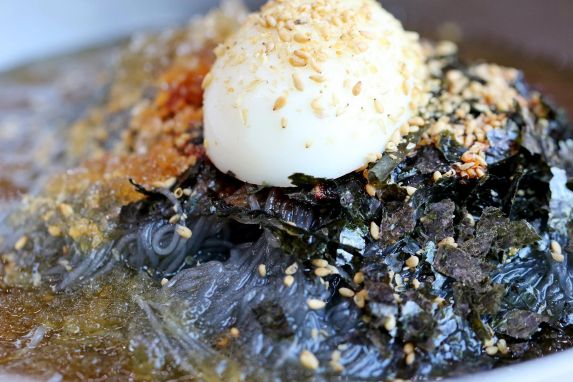The Classic Korean Summer Dishes
The hot season in Korea lasts four months and it’s not only hot but the humidity can be “muggy, oppressive, or miserable.” Savor the K-foods that will keep you cool.
South Korea truly experiences all four seasons. The winter’s are cold and snowy and the summers are hot and rainy. According to Weather Spark, an online weather data source, summertime in Seoul has an average temperature above 75°F and in August the average high is 84°F. Add in a heavy rainy season and the humidity makes summers “muggy, oppressive, or miserable at least 23% of the time.”
Many people would think to avoid Seoul altogether in July when, on average, 25 days are muggy or worse. However, Koreans have developed a culture that, like them, thrives even in the heat. The following Korean dishes are eaten in the summer and are a fun and tasty way to replenish your health and even enjoy the summer heat.
Meals
Samgyetang
Sambok (삼복) or Boknal (복날) are what Koreans call the hottest days of summer, of which there are three. In the mid 20th century it became tradition to eat Sanmgyetang, ginseng chicken stew, on these days according to Lee Woo-Young, a writer at The Korea Herald. A hot soup on an even hotter day makes sense, right? In Korea it does with iyeolchiyeol (이열치열) meaning to manage heat with heat (TalkTalkKorea). The dish is nourishing with many vitamins and protein and is considered a health food in Korea as it replenishes what was drained from the heat.
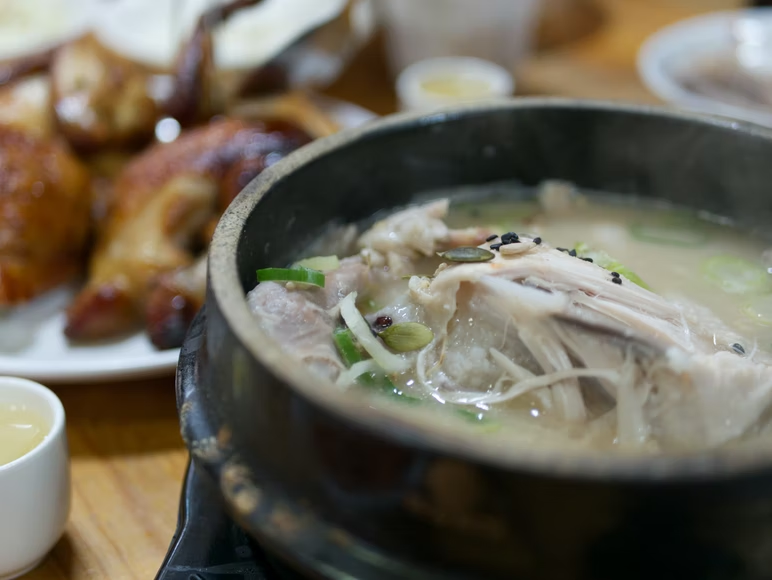
Naengmyeon
Mul or Bibim? That is to say, how do you prefer your Naengmyeon, mul (plain) or bibim (spicy)? This dish is one of the most beloved Korean summer foods worldwide. Chilled broth and noodles with refreshing cucumber and Korean pear and spiced with gochujang,Korean seasoning red pepper chili, this dish is perfect for a hot summer day. The ingredients are quintessentially Korean but, dip into the culture a bit more and you’ll find that the long, uncut noodles are made that way to symbolize long life and good health, according to My Korea trip, a Korean travel website.
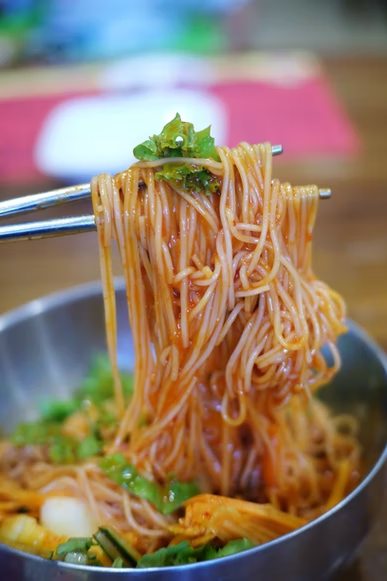
Desserts
Bingsu
Bingsu (Bingsoo) is an icy treat that melts on your tongue like snow and looks like a colorful cool mountain. Rooted all the way back in Korea’s Joseon Dynasty, this treat has become a summer classic in Korea and is speedily spreading all over the world. New renditions of the once topped red bean and condensed milk dessert include mango and cream, strawberry cheesecake, and injeolmi tteok. Take one look and your mouth will water, one taste and your heart will melt. The most recent proof of the Bingsoo craze, is the song “Patbingsu” by Yoon Jong Shin from 2010 has recently been covered and re-released by k-pop idol group Billlie. As they say, “Bingsoo-ya, patbingsu-ya, saranghae saranghae!”[MV] Billlie, Yoon Jong Shin_Patbingsu
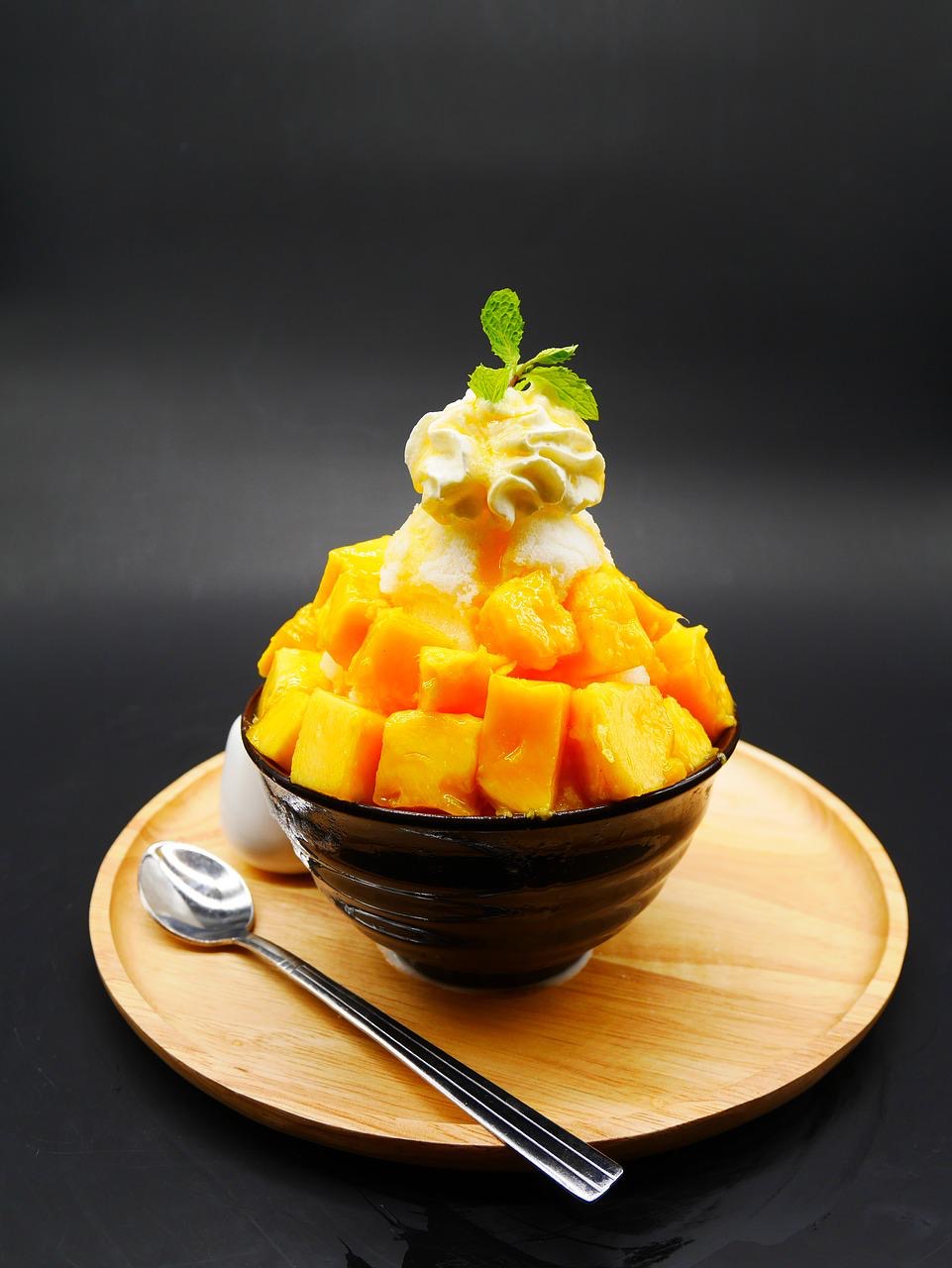
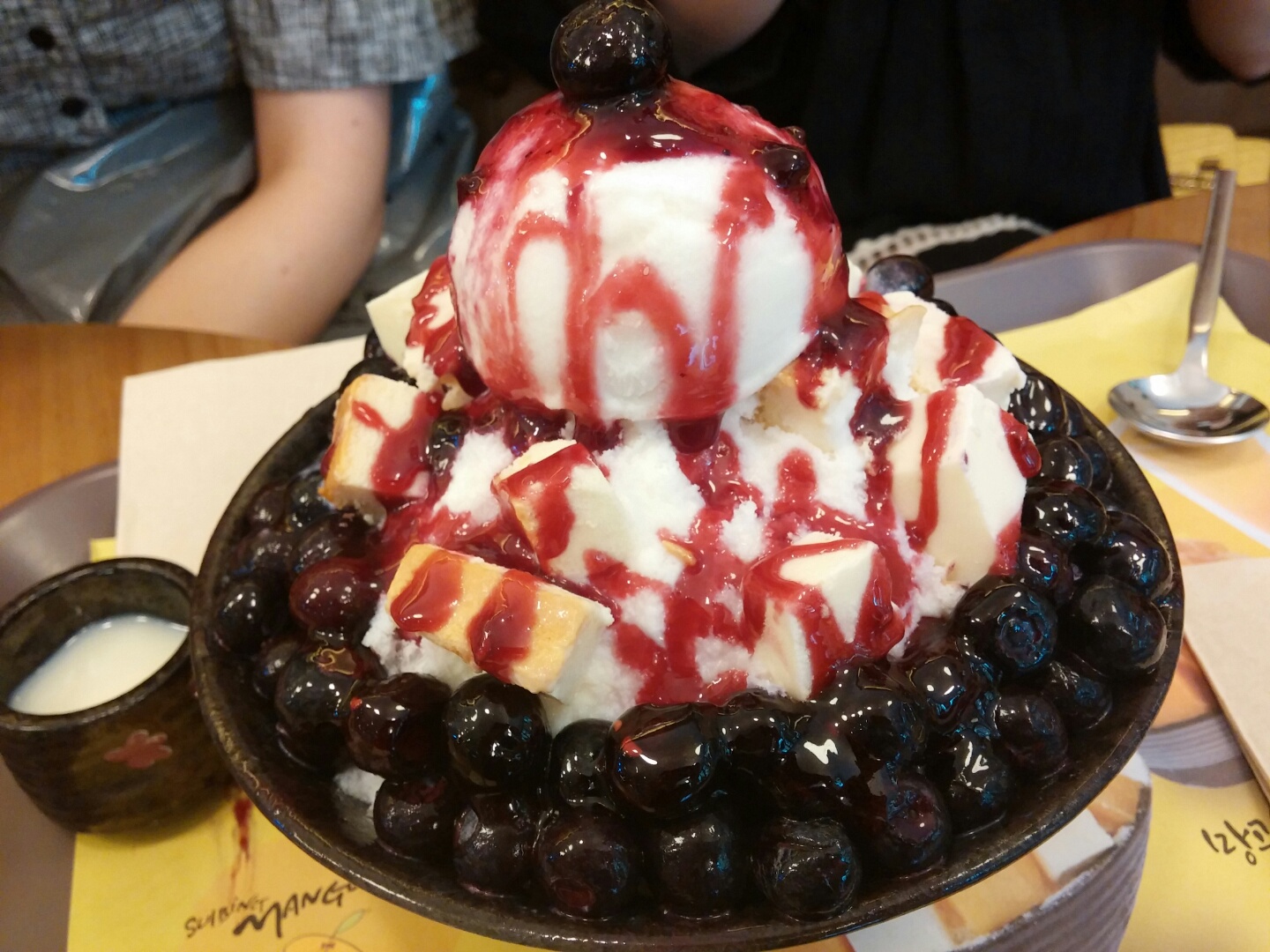
Convenience-store Ice Cream
Your local convenience store could not compare their small freezer ice cream to the delicious and great variety of ice creams at a convenience store in South Korea. The hot and humid weather has made the ice cream industry a mandatory part of the culture, making any stroll to school or from work a little bit sweeter. New products are always competing for the top spot (current favorite: corn ice cream) but the following have made it into the convenience store freezer hall of fame: ‘Melona,’ a creamy melon popsicle; ‘Pig Bar’ (Dwe-ji-ba) has a jam filled center and a cookie crumble exterior; ‘Samanco’ (fish-shaped waffle) is the iconic red-bean and vanilla, fish shaped sandwich; ‘Papico’ (turtle egg) is in a peculiar squeeze container with chocolate ice cream within; ‘Ppangttoa’ ice cream cake uses cake like bread, sandwiching ice cream; and ‘yogurt wild blueberry ice milk bar’ (yeongwonhan bom) which is exactly that.
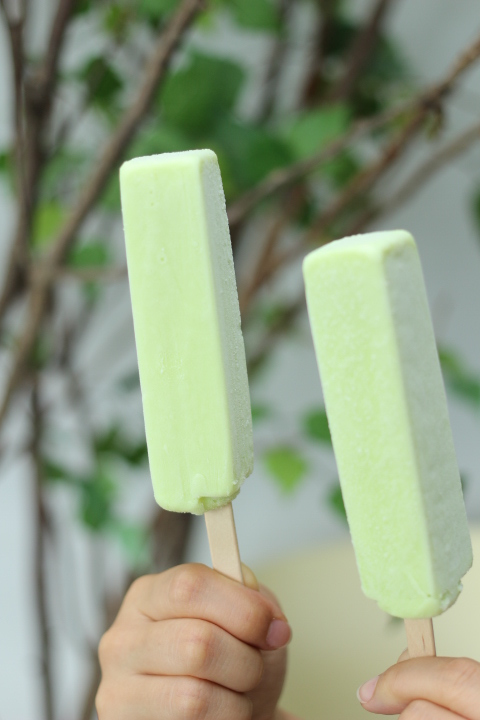
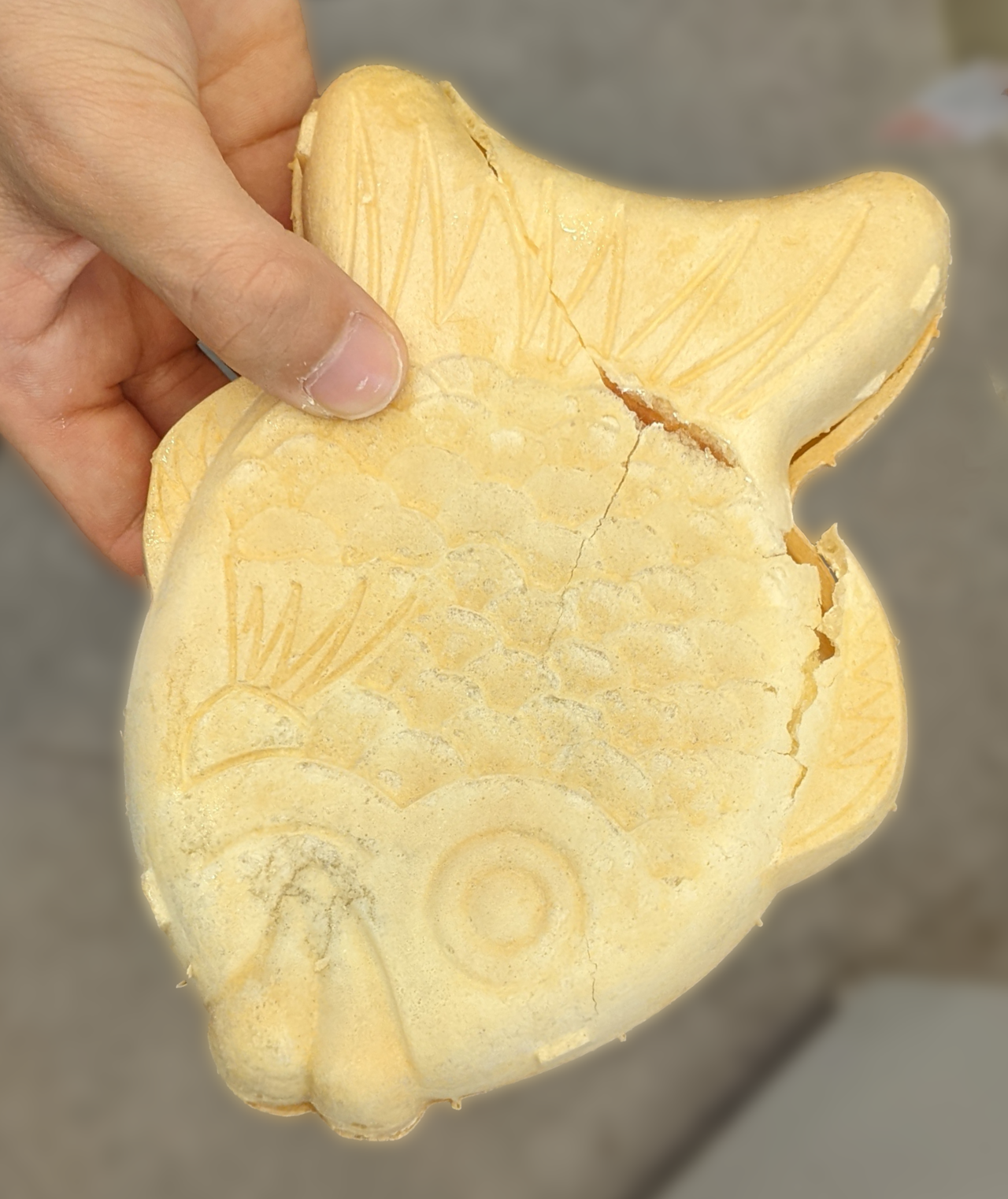
Snacks
Oi-muchim
Oi-muchim is a variation of Kimchi, or fermented vegetables. Based on seasonality of produce, Koreans would make this spicy and refreshing side dish made up of cucumbers when the veggie was just right and crisp. Just how long has this spicy cucumber salad been a summertime staple? Well, it’s original name, oi-saengchae, had to be written using Chinese characters because it was given before the Korean alphabet had even been invented, according to Sarah-Eden Dadoun at ‘196 Flavors,’ a culinary website. It wasn't until 1443 that King Sejong the Great created the Korean alphabet, Hangul. One crunch in and the salty spicy flavor will keep you cool and happy in the summer.
